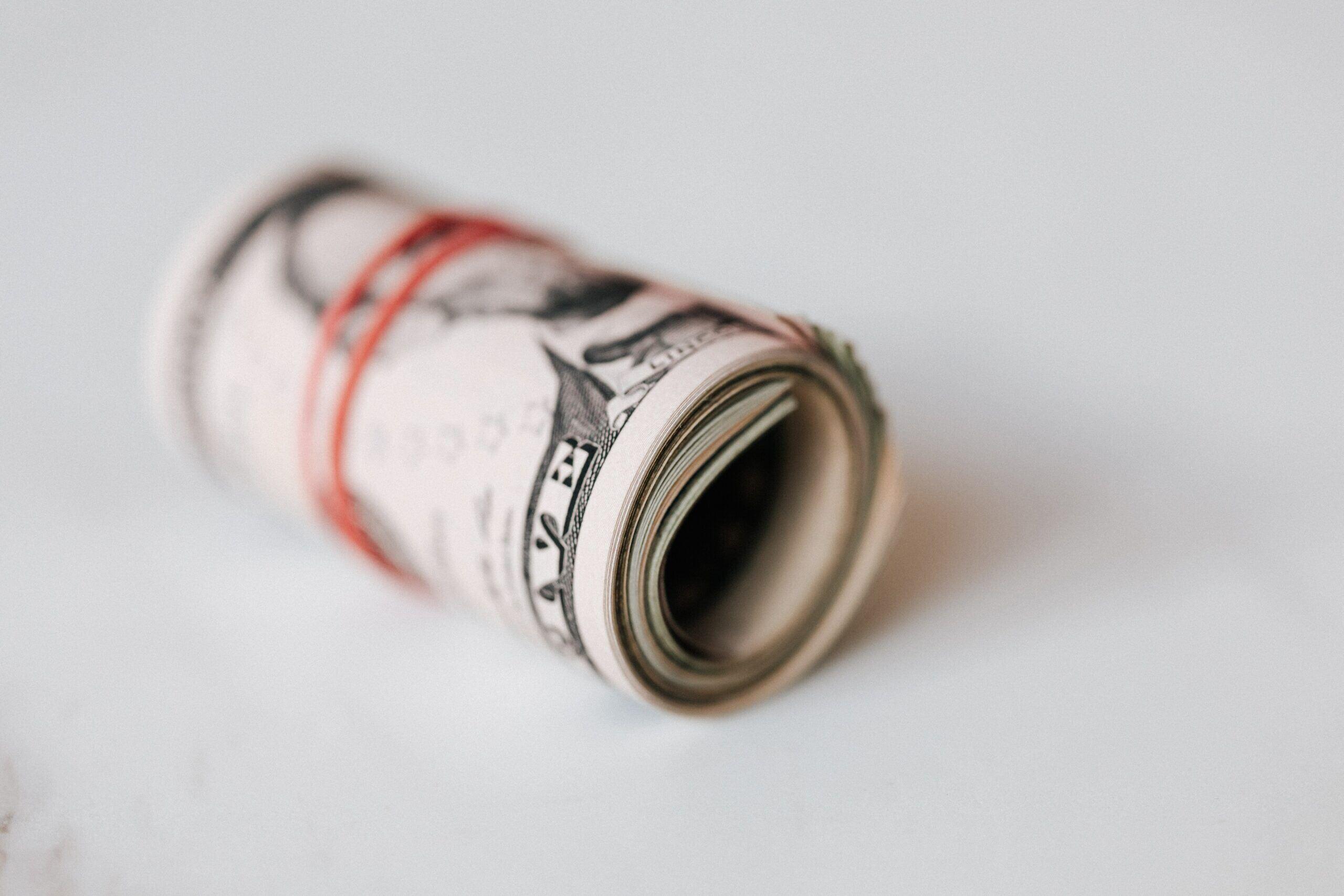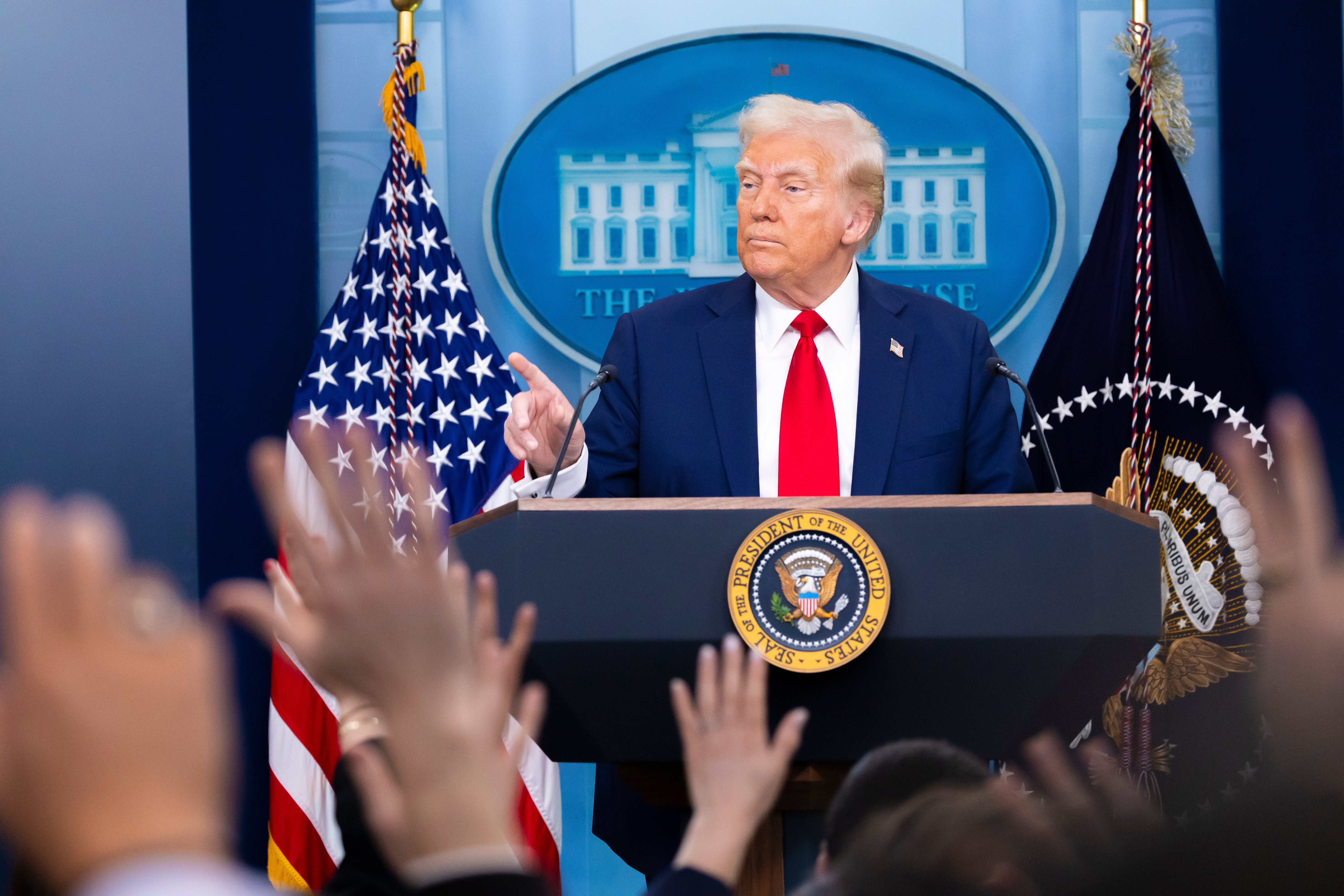As the halfway mark of the election cycle approaches, and the uncertainty of COVID-19 lingers, we look at how political advertising in 2020 stacks up to the previous presidential election year. In the first quarter, the FCC public file saw a spike in the number of candidate contracts uploaded in the month of February, but uploads in April dropped well below previous election years. The number of issue group contracts uploaded each month has stayed consistent with 2016 trends.
Rate Comparison 2016 vs. 2020

Candidate spending was at its highest in February of this year at $418M. It later dropped to its lowest total in the past election years to $30M in April 2020. April was the peak of stay at home orders, but the month has fewer elections to begin with so a break in candidate spending is not unexpected. The surge in spending in February is likely the result of presidential candidates, notably Michael Bloomberg, spending record amounts on advertising leading up to the major primary elections in March. Issue group spending also rose in February 2020 and has continued to keep pace with previous election cycles.

The way COVID-19 will influence political spending in upcoming elections is still uncertain as some states face the possibility of rescheduling primaries. Wisconsin, one state that held its primary amid the pandemic, had numbers of candidate contracts that were comparable to previous election years. However, average rates for candidate advertisers dropped below 2016 rates from February 8th – March 15th, and although they rose in the three weeks leading up to the April 7th election, rates remained well below what they were in 2016. Rates could have been impacted by COVID-19, but it's also worth noting the 2020 election is different from 2016 since there is no Republican primary contest and the presumptive Democratic nominee has been selected.

Based on the data from the previous presidential election, we would expect to see spending start to climb next month through October. This trend may be disrupted this year due to the pandemic. With the next round of primaries just a few weeks away, June is likely to be a key indicator of how COVID-19 will shape political advertising for the remainder of this election.









